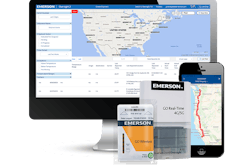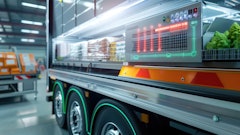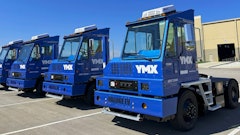
Restaurants of all stripes are hurting. After a year of navigating closing and reopening orders and trying to make up for limited or no customers allowed in the door by leaning on curbside pickup and delivery, restaurant operators are on their heels again. Interest in restaurant jobs has fallen 40% since last June, which translates to skeleton shifts, overworked staff and unhappy customers.
But, there’s reason for optimism. The Coronavirus disease (COVID-19) pandemic ushered in a world of technology innovation that many admit was only on their “would be nice to have list” before the lockdowns began. Suddenly, store managers and district managers were looking for ways to adapt to the constantly changing COVID-19 protocols, such as close to allow only take-out or delivery, start back up again, come up with a menu that held up better for delivery, close again, and so on. These vacillating edicts came faster than most people could count.
Stores were forced to call in tech reinforcements or learn to use their existing platforms to do more. New CDC-issued rules about store openings/closings, sanitization, masks, safe distancing — no problem. Suddenly, specific instructions were being sent to hundreds of stores over multiple time zones – instantly – with clear execution plans and perhaps most importantly, verification that things were being done correctly.
As operators try to navigate the hiring crisis, the show must go on. Operators have to look for opportunities to automate certain tasks that employees are doing manually today, save employees time, and help stores get the important work done whether it’s a veteran-employee completing them or a district manager covering for a missing staff member one day. Tech can help ease the pain.
Sure, some may debate that technology and automation kills jobs. But, imagine a store that used to take a minimum of 5-7 employees to open up and prep the food — tech platforms can allow you to stagger those in-times, spend less time filling out paperwork and laboriously checking paper trails for accountability. Filling out paperwork by hand takes precious time away from customer-facing activities and meaningful interaction. Those paper checklists you see in bathrooms and at food prep stations are akin to the old card catalogues at libraries. Does anyone miss going to a large room full of tiny drawers and trying to find the one magic reference card containing a zillion numbers and letters?
Technology also cuts down on mundane, repetitive tasks. This increases job satisfaction. Imagine having to check if each refrigerator is running at the right temperature — there are literally dozens in some stores. If a refrigerator loses power or is off by just a few degrees, food is ruined, customers can get sick and the brand’s reputation is in jeopardy. Now these things can be checked on a mobile phone by a manager who just got out of bed thousands of miles away. That same manager can also see that a checklist for food prep and sanitation has been performed at a specific time. They can see photographic proof that the first batch of cheese and egg biscuits were the perfect shade of golden brown and the right angle of perfectly yellow egg protruded just the right amount over the edge.
Automation helps tasks like food labeling that can save employees as much as 30 minutes every time they prep food; it also lessens the likelihood of mistakes and cuts down on those mundane activities that suck up time and tug at the soul.
Digital platforms help identify problems and communicate the right execution plan to tackle them, instantly, across hundreds or thousands of locations across time zones. Everyone is in one centralized place where work is communicated, tracked and guided so execs can be alerted to something that needs immediate attention. And, when you don’t have everyone show up for a shift, software can also be used to support emergency shift changes, reassigning managers and staff to stores that need that help, desperately.
So, while many stores are feeling the pain of the tightest workforce anyone can remember, there are some effective solutions. Tech platforms will not cure all that ails you, but they can absolutely help mitigate the pain, and in many cases, get more out of your existing workforce without sapping energy or creativity.



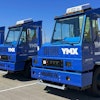
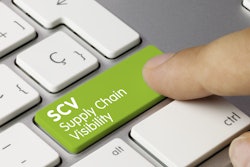
![Adobe Stock 280800711 [converted]](https://img.foodlogistics.com/files/base/acbm/fl/image/2021/08/AdobeStock_280800711__Converted_.611e898daa123.png?auto=format%2Ccompress&fit=crop&h=167&q=70&rect=0%2C53%2C900%2C507&w=250)
